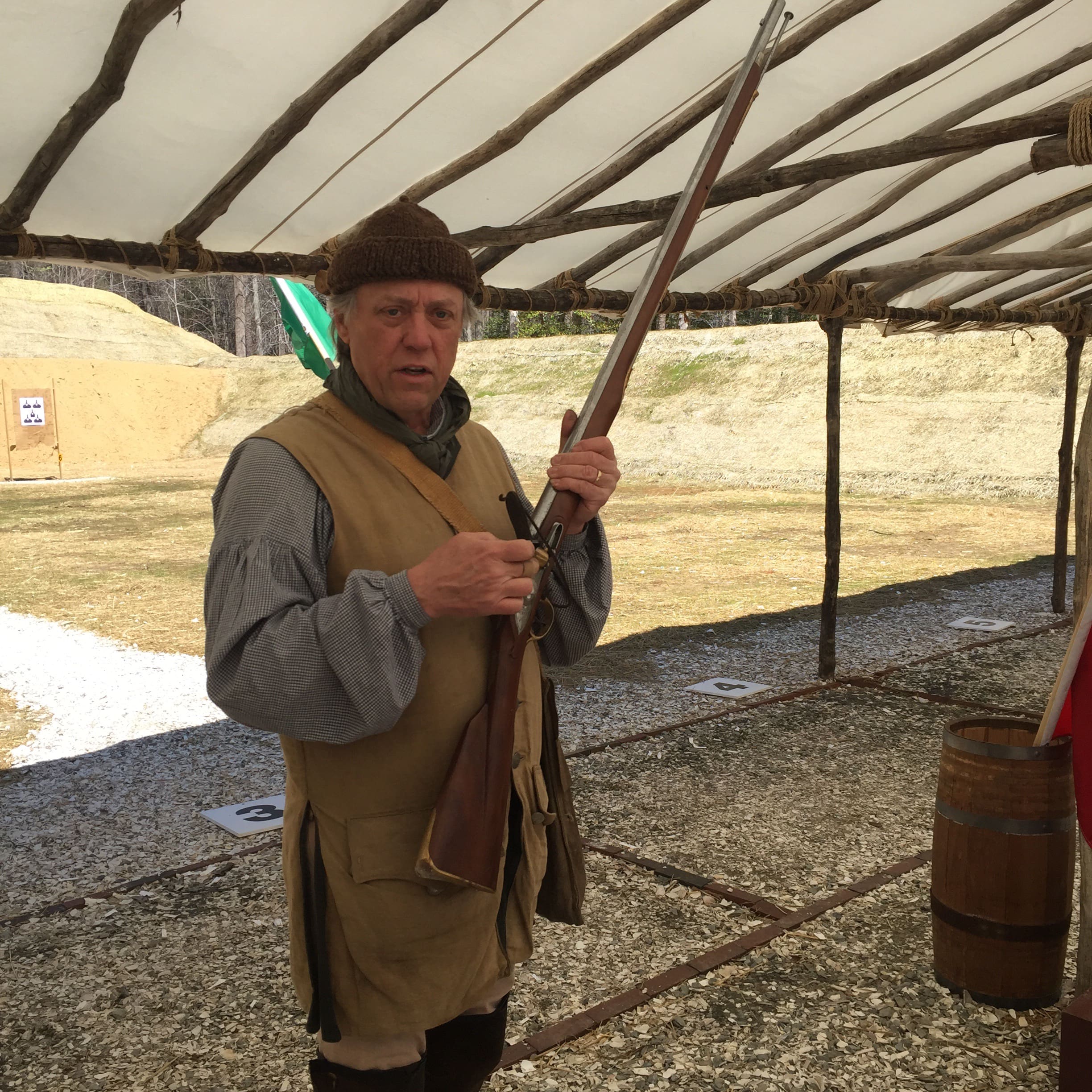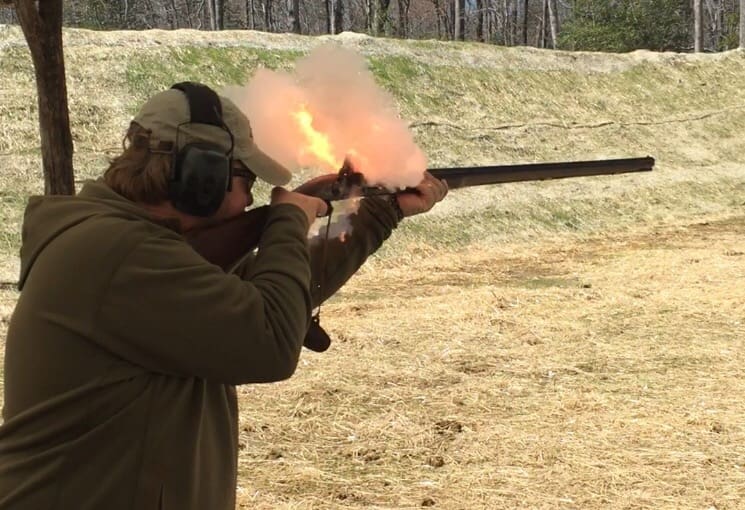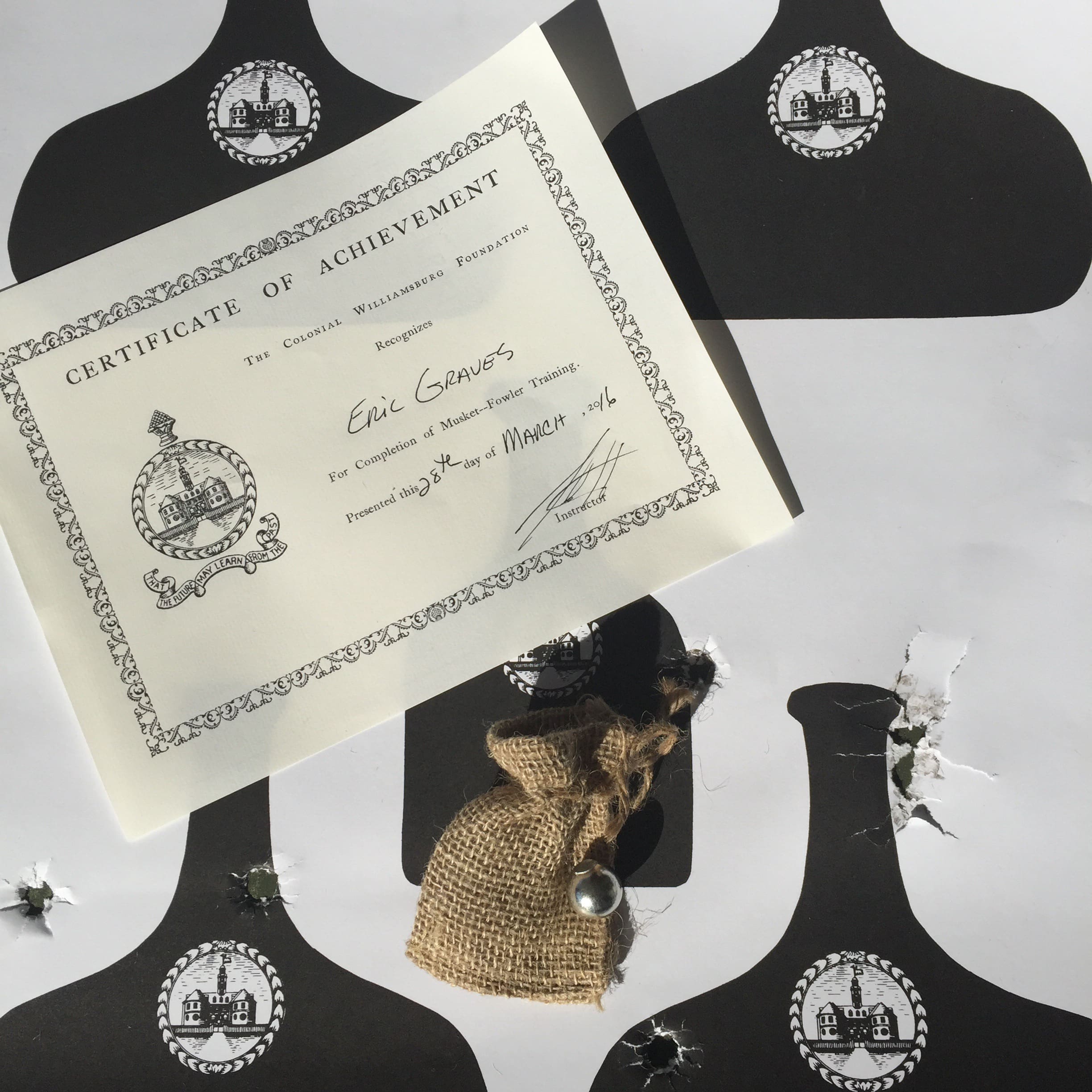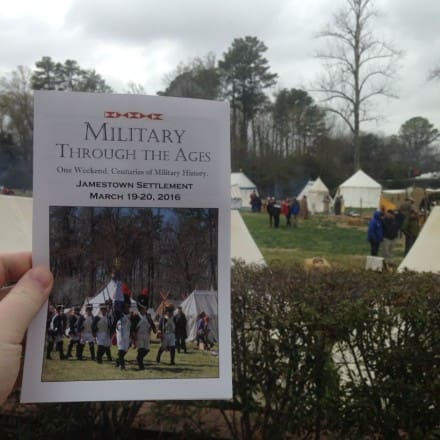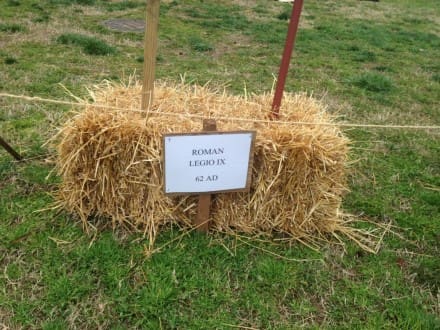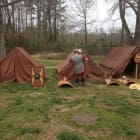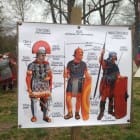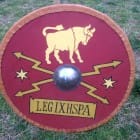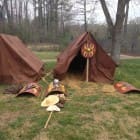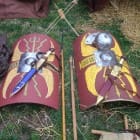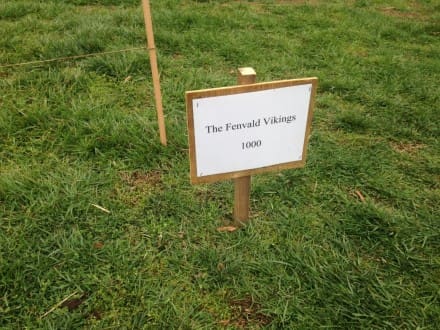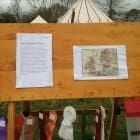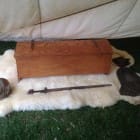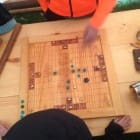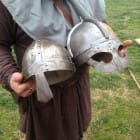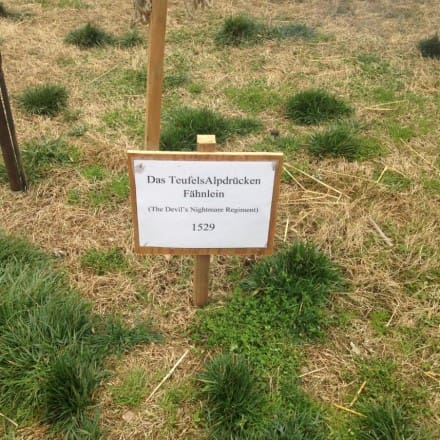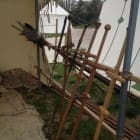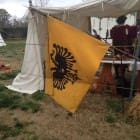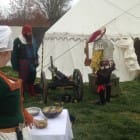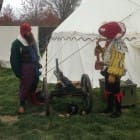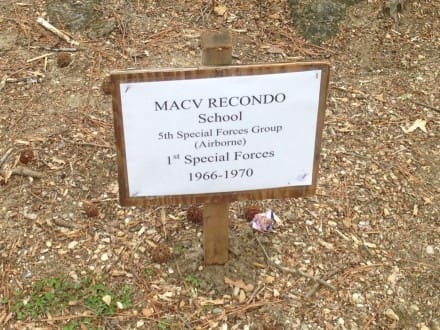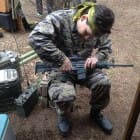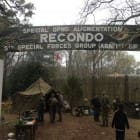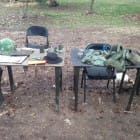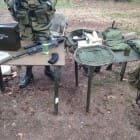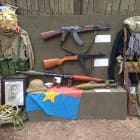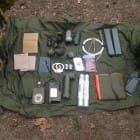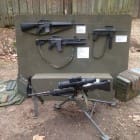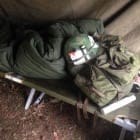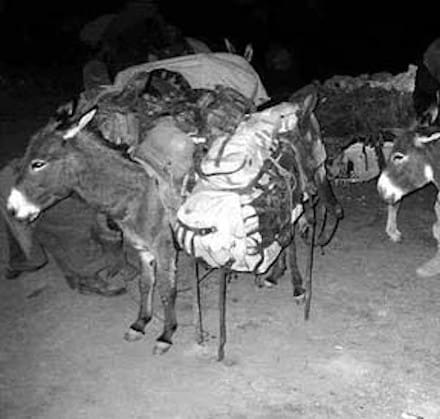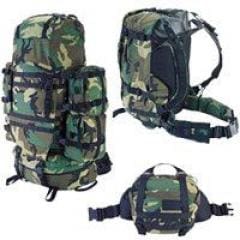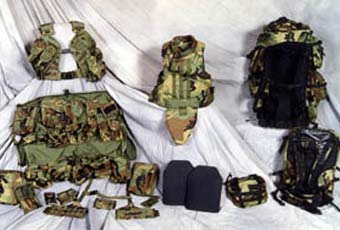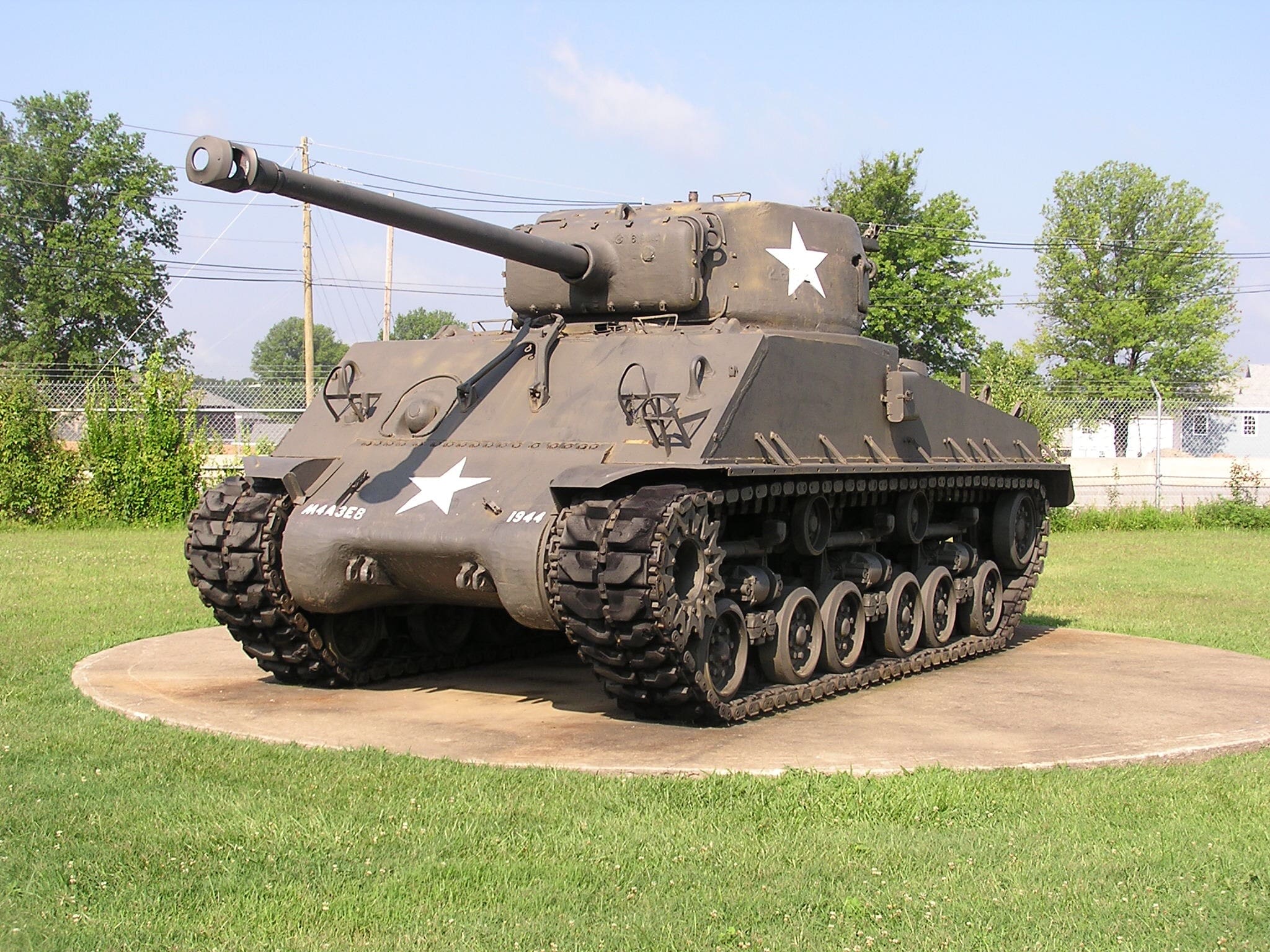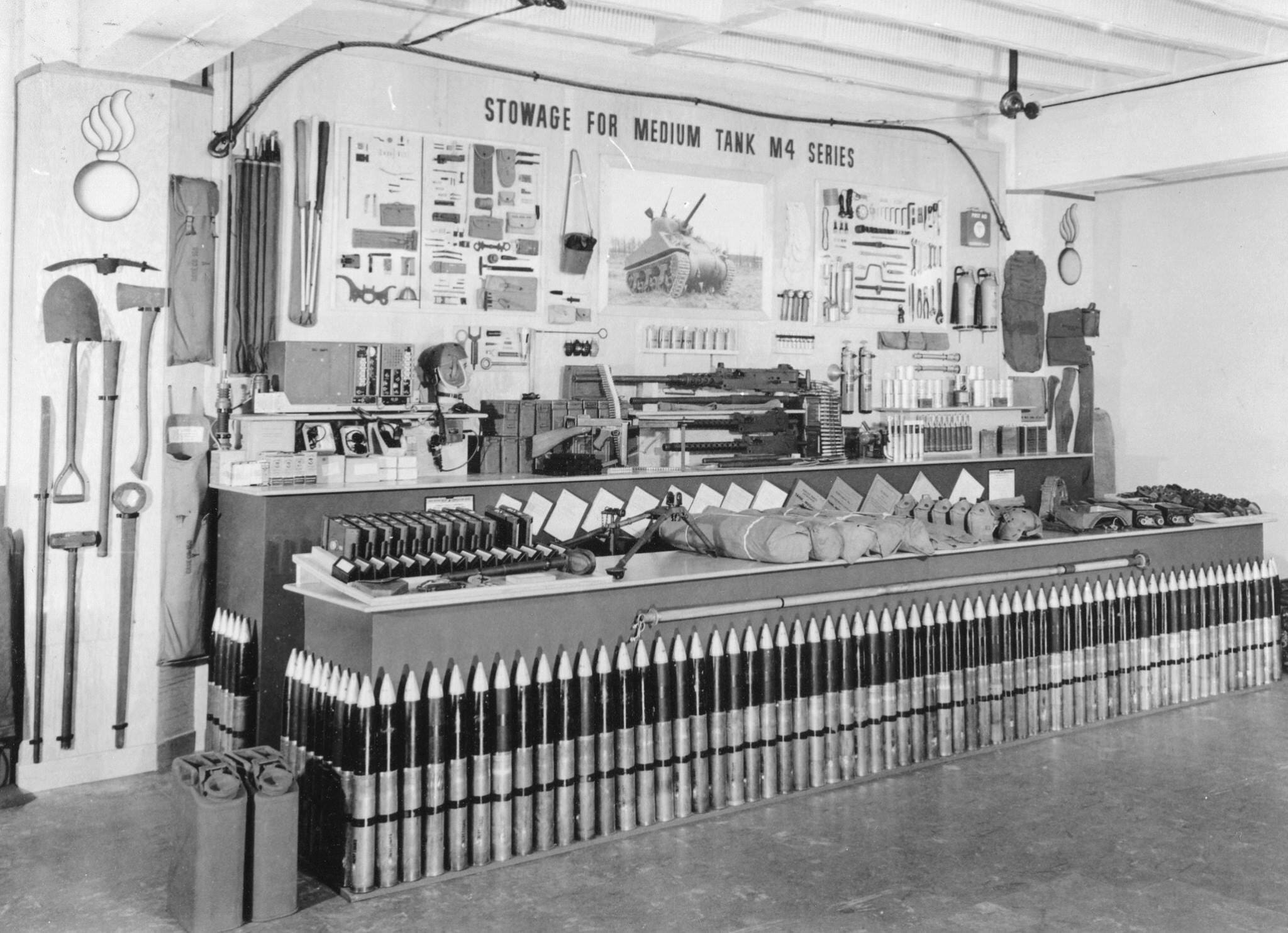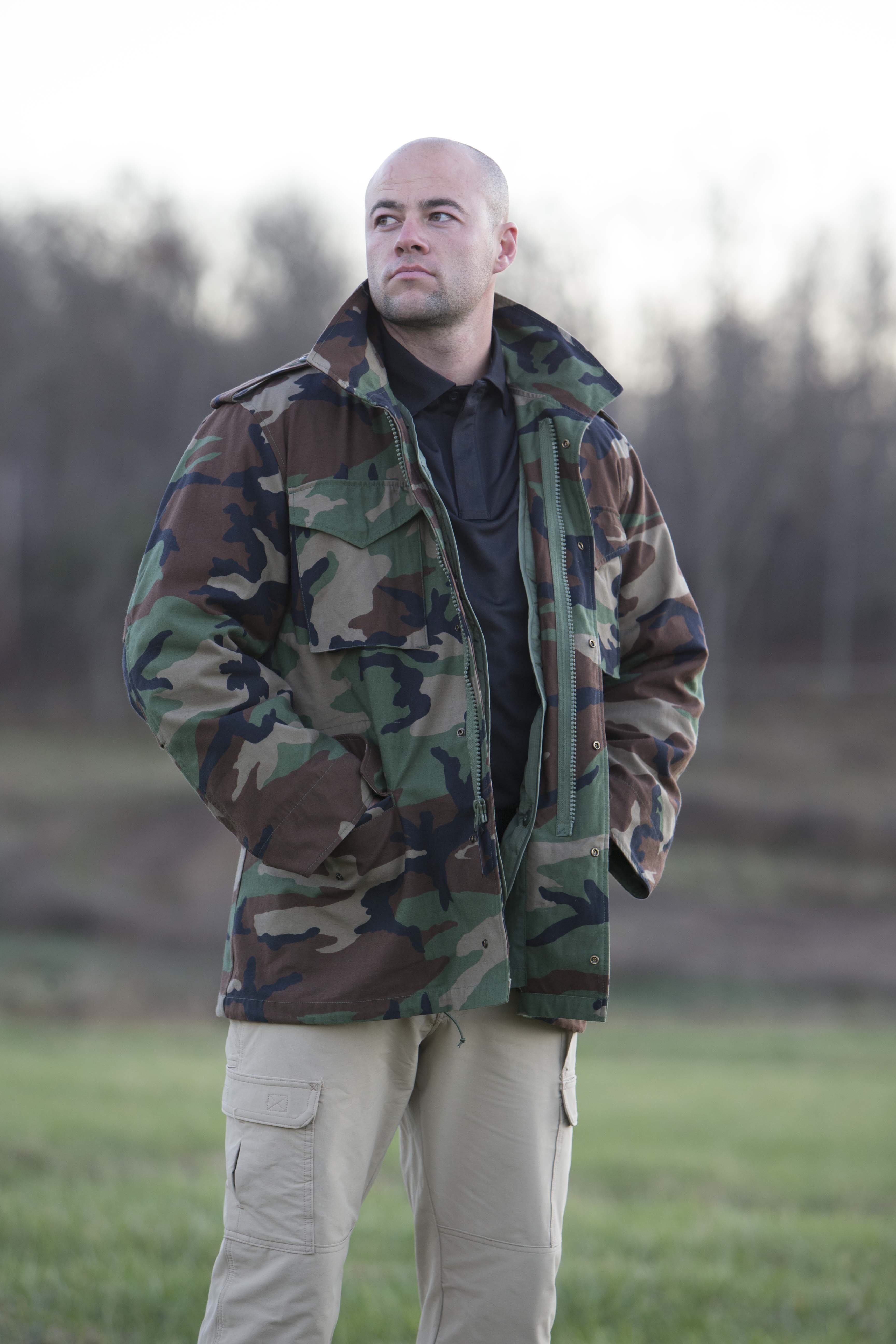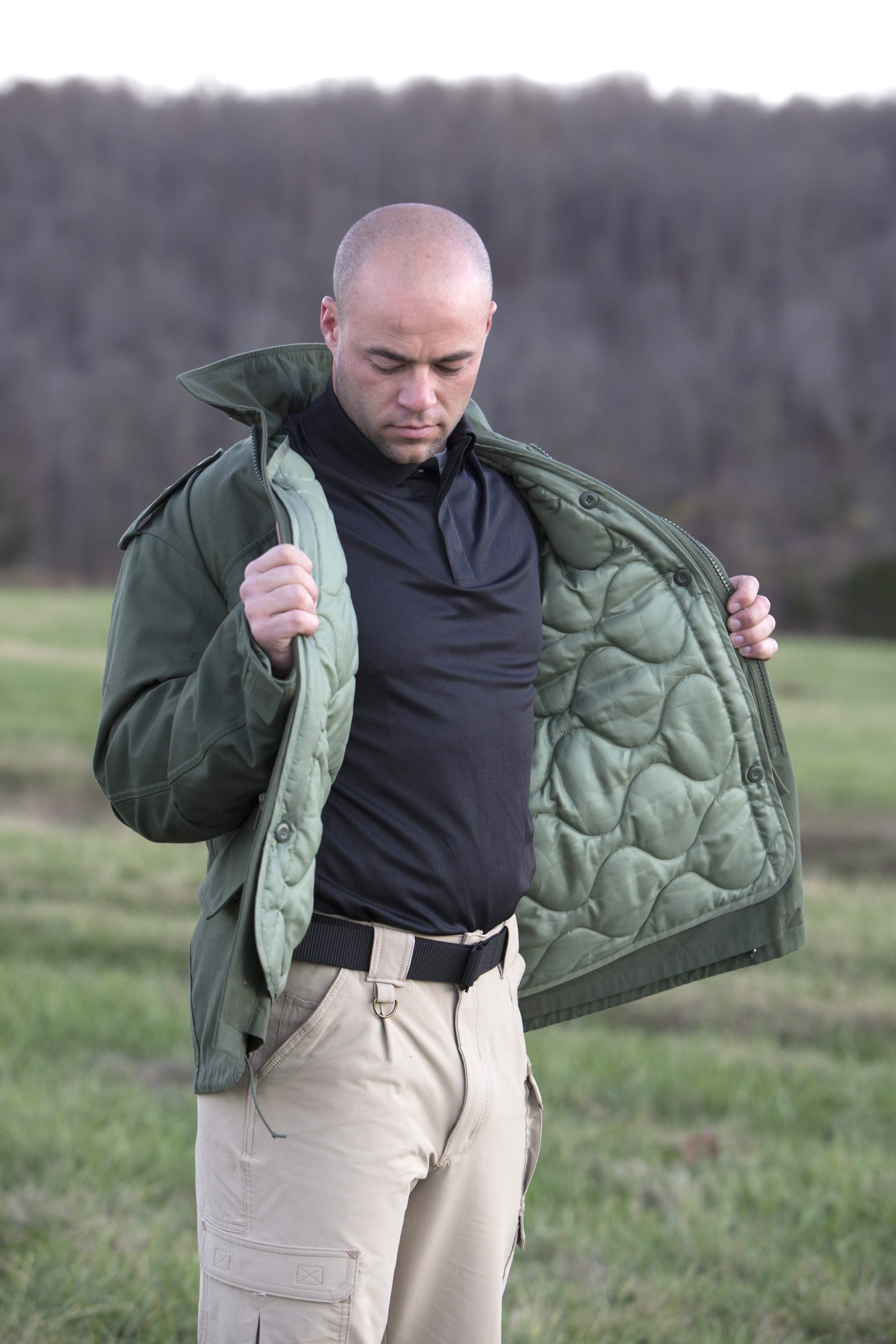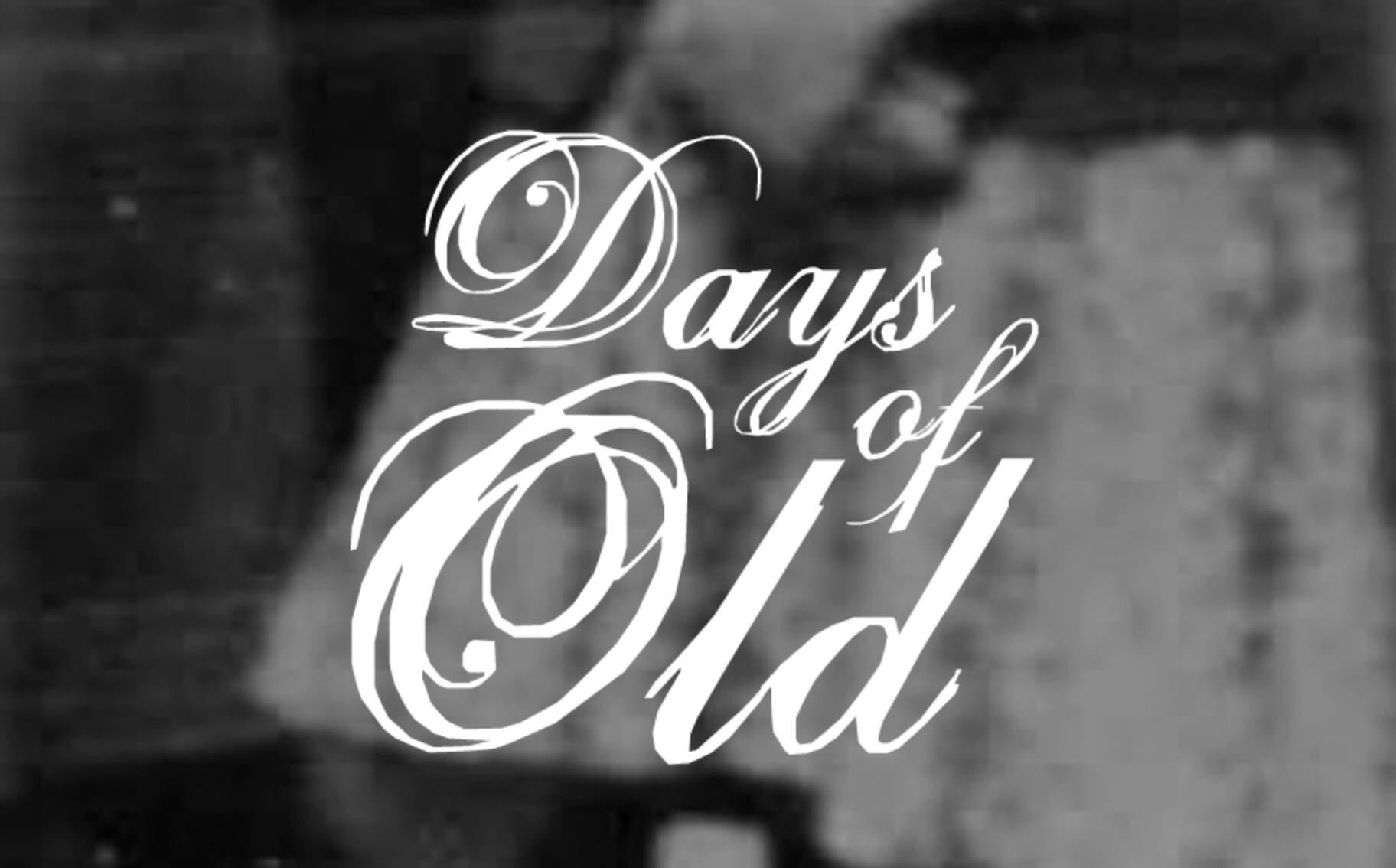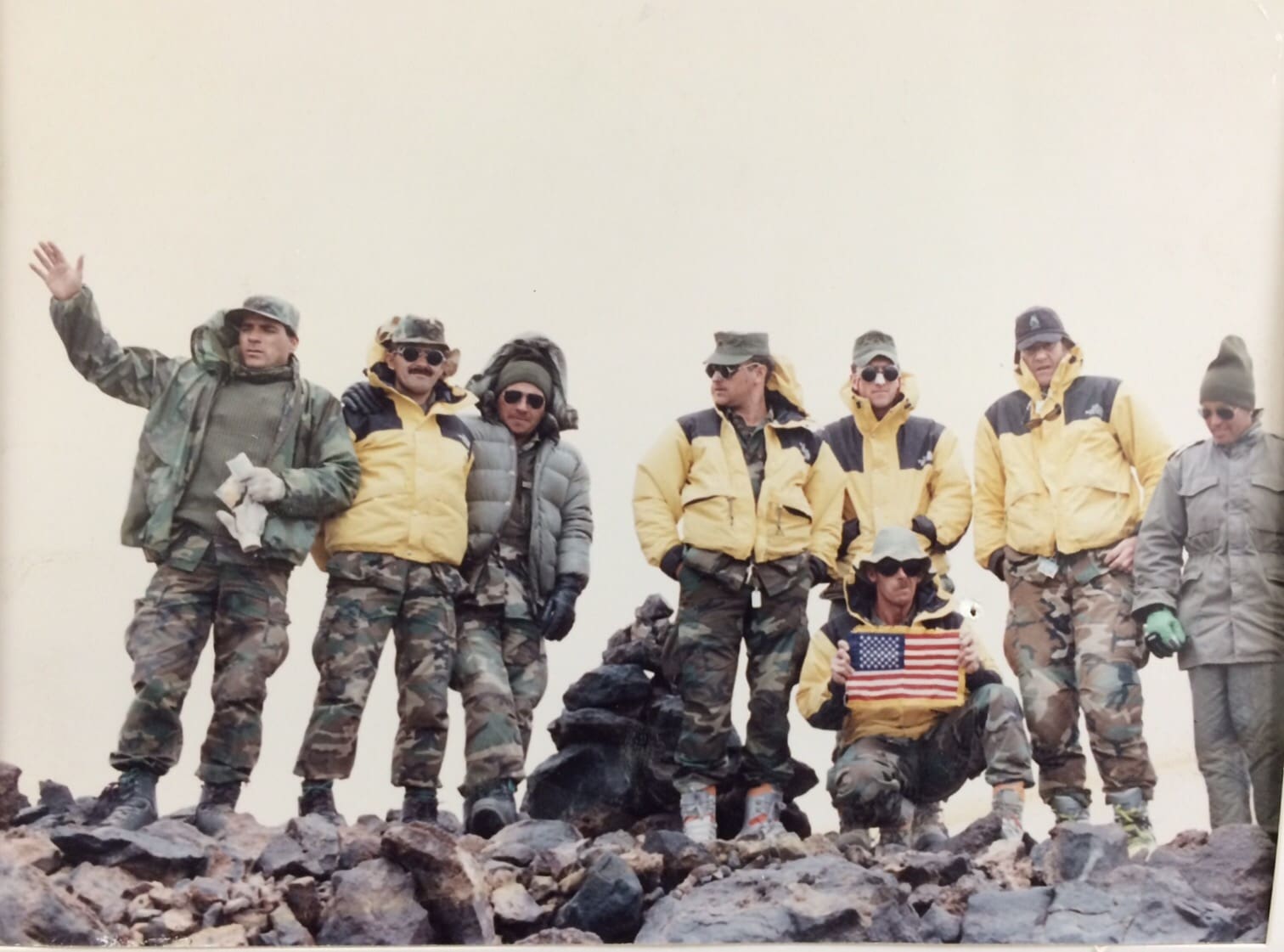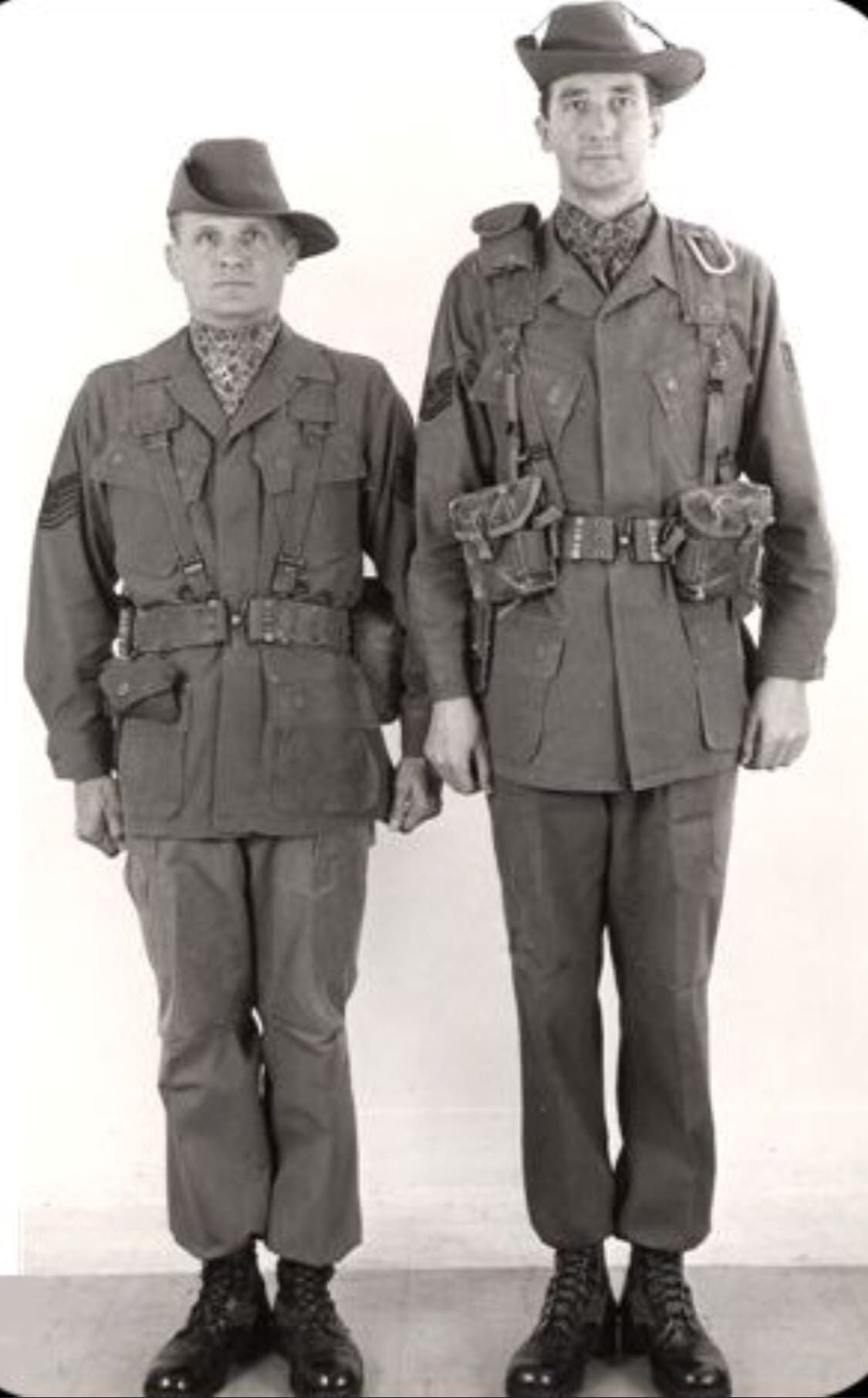One of the greatest advantages to living in America’s first region is the proximity to such historic sights as Jamestown, Williamsburg and Yorktown. Why, just down the street from our home is the site of the Revolutionary War’s Battle of Great Bridge.
When Colonial Williamsburg recently announced that they’d begin offering livefire of flintlocks, it was something I was determined to experience. This week, I had my chance. Although it is Spring Break and quite crowded, I was able to get spots for me and one of my sons. There are four hour-long sessions and we turned up at the appointed time. A van took us to the nearby covered 25 yard range which was manned by four role-player instructors. They went over range safety, some basics about the operations of the weapons we would fire and then split us off into three two-man groups.
First, we fired the .75 Brown Bess Musket which would have been used by British troops throughout the latter half of the 18th century as well as by the Continental Army when available. However, these were supplemented later in the Revolutionary War with French arms. Although a .75 smoothbore, Soldiers fired .69 balls from it as they were quicker to load. The goal was high rates of volley fire followed by infantry advances with fixed bayonets to drive one’s enemy from the field. Naturally, that .69 ball in a .75 tube is going to bounce around as it goes down the barrel. With only a bayonet lug at the end of the barrel to use as a front sight, it was more point in the general direction of your foe and squeeze the trigger than a concerted aim.
Next up was the Fowling piece or “Fowler” which was the common hunting shotgun of the time. This 20 ga (.64) smoothbore was used to hunt birds, hence the name, and was most often loaded with shot. But when used for war by the Minute Men at Lexington and Concord, they fired a .64 ball. This was the common weapon of the militia.
We fire three rounds with each weapon as familiarization and then got to pick which type we wanted to use to fire an additional three rounds. I chose the Fowler as it seemed more accurate and actually incorprated a front sight (although no rear sight).
Of the nine shots total, I had a couple of misfires which were remedied by swapping out the flint, as well as a hangfire with a very slight delay between flash in the pan and firing of the projectile in the barrel. But don’t let that mislead you. The weapons were very well maintained. It’s just an example of the technology of the time and it certainly made me appreciate our modern arms.
While the experience wasn’t cheap, it was a blast and in addition to memories, you receive a certificate, your target and a pewter version of the .69 musket balls you use. It’s definitely worth doing, if you find yourself in Colonial Williamsburg.


